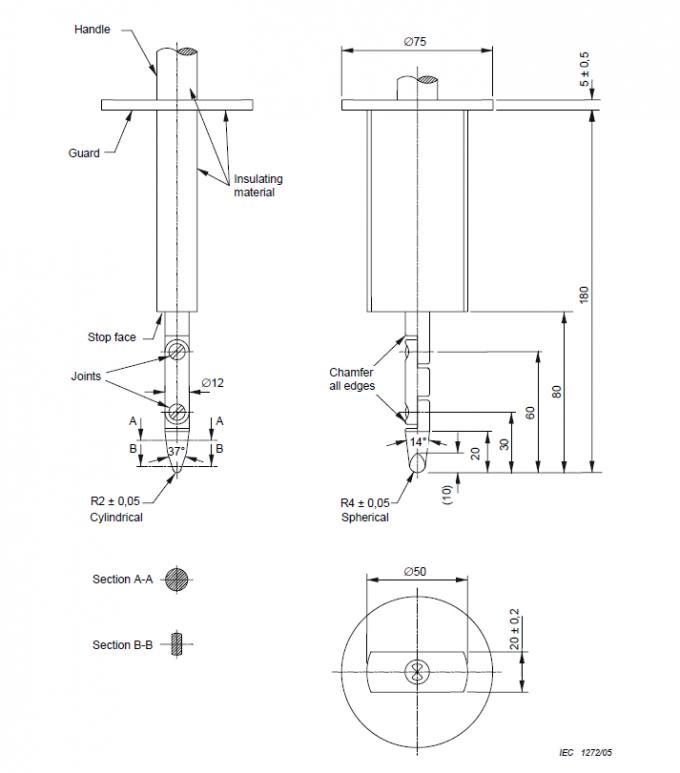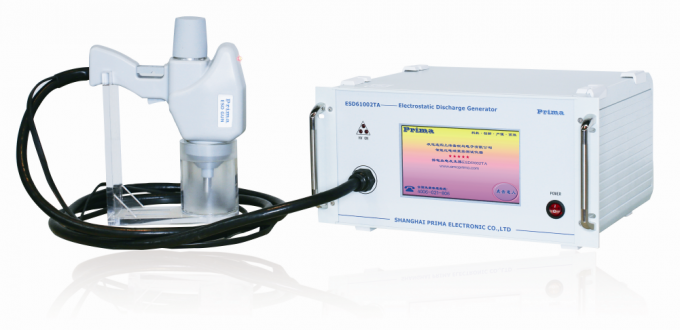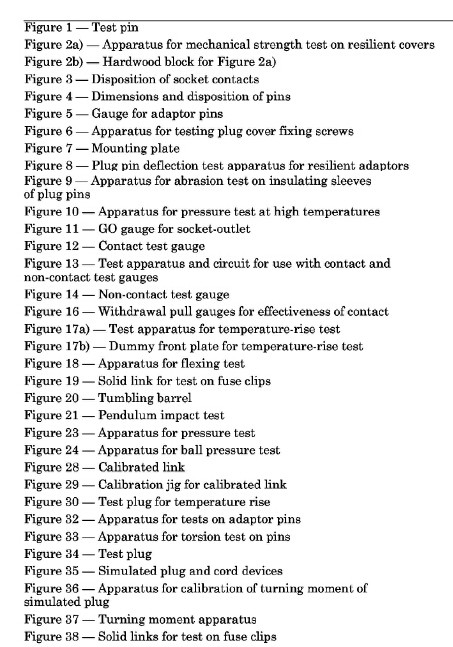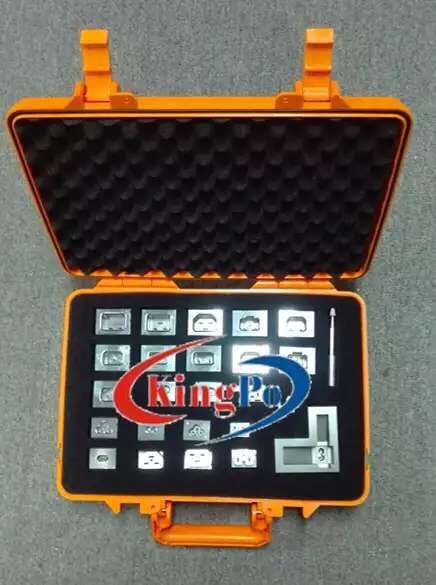Navigating the Color Fastness Rubbing Tester Market
As an old pro in the textile testing industry, I've seen color fastness abrasion testing technology make huge strides. These devices are a big deal when it comes to seeing how well textiles and surface treatments stand up to getting scratched. Today, I'm laying out the top five necessities in the color fastness testing equipment supplier market.
2. Comprehensive Testing Capabilities
5. Technical Support and Training

The number one thing folks are looking for is excellent, reliable color fastness testers. These testing devices have to be solid and super precise so you can count on reliable, exactly accurate readings. People want something tough and state-of-the-art that can handle the intensive testing.

A demand is for inspectors that can manage a wide variety of items, like textiles, polymers, and coatings. Customers are looking for equipment that can assess a wide range of materials, including textiles, polymers, and coatings. The skill to do various trials on a single unit is super important for flexibility.

Ease of operation is a very important. People want device that's a ease to set up, operation, and maintain operation. With explicit instructions and a intuitive interface, you decrease on the learning curve and keep efficiency high.

In testing, accuracy and steadiness are a must. Operationrs need inspectors that keep producing unvaried, reliable information. That means the equipment needs frequent calibration and should consider any environmental factors that might impact the test.

Last but not least, providers need to offer excellent technical assistance and instruction. Individuals expect to be aware they may trust the provider to assist with any and technical glitches, upkeep, etc. .
- KINGPO will meet you at the 92nd China International Medical Equipment (Autumn) Expo in 2025
- KingPo Delivers and Installs State-of-the-Art Dust Chamber in Korea, Enhancing Local Testing Capabilities
- Neutral Electrode Temperature-rise Tester: Ensuring Safety in Electrosurgery
- What are the key differences between ISO 80369-7 and ISO 594?
- ISO 594 is replaced with ISO 80369
- ISO 80369-7:2016 Connectors with 6% (Luer) taper for intravascular or hypodermic applications What is the ISO 80369-7 standard? What happened to ISO 594-1 and ISO 594-2?
- ISO 80369-3 Test Equipment LIst
- Understanding ASTM F2059 Fluid Flow Test: A Comprehensive Overview
- Medical Device Pressure Validation: Ensuring Accuracy and Reliability
- Luer Gauge Adapter for Syringes: Enhancing Medical Precision and Safety


